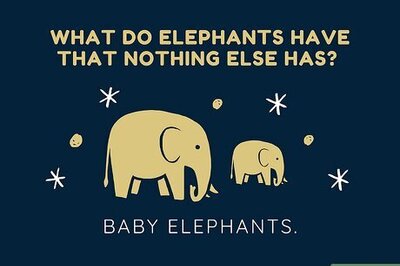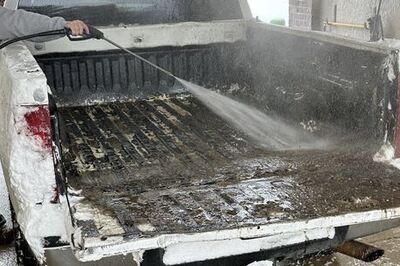
views
While the shopping experience during the month of Ramzan revolves largely around food and clothes, most don’t think of the tiny bottle of ittar that adds more than just an aroma to the month. With the gullies around Charminar doted with many ittar stores, the quest for the tiny bottle of perfume is more than just a short-stop at any one of them; it's a search for the right smell and the right mixologist.
This year a most unexpected fragrance seems to be wafting through the air. “Chocolate ittar is one of the perfumes we’ve concocted this year,” said Ashwini Kumar, owner of Purandas Ranchhoddas & Sons. The 116-year old establishment creates a variety of the traditional perfumes every year, and this Ramzan, ‘Champa, Armaan, and Oodh’ (a very common and popular fragrance) are the ones high in demand this year at his store. “Since the last few years, the younger generation has been preferring ittar than the more commercial deodorants and perfumes. So we create ittars with similar fragrances depending on what they prefer,” explained Diviesh Kothari, proprietor of Bhagwan & Co.
Other fragrances that have been hot-picks this time around include Armeen, Tulip, Noor-ul-Huda, Sufi and Shab-e-mallika. Mostly flower-based fragrances which include, these new aromas have been creating quite some business. On the other hand though, while the young guns experiment with their vanity, ittars like Shamat-al-Ambar, Henna, Pahadi Phool, Jannat-ul-Firdous, Fiza, Kashish, Shah Jahan, Shamana, Gulab Chameli and many others, are the usual picks that older people tend towards. “Normally we use flowers, but now, we even use herbs too for some of the fragrances,” said Diviesh Kothari.
“It all depends on what a person likes,” explained Syed Najmuddin Khadri, who runs Syedi & Sons, along with his two brothers. He went on, “Most of our customers are those who come from abroad. They give us a sample which we re-create. This year, based on the preferences, we’ve come up with two new fragrances — Gohar and Nisha.”
At any given store, a customer can choose from more than 50 types of ittars — fragrances that have already been made by the store owners themselves, while some like Syedi & Sons prepare custom-made aromas based on request.
Given the chemical nature of the perfume, ittar has to be contained safely, and Najmuddin has special ‘Kuppis’ made out of camel skin, in which he stores the best of his perfumes. “They keep the liquid in the best condition, but these containers are barely available now. Now, mostly aluminium flasks are used,” Kothari informs.
When it comes to price, ittar is probably the only thing that does not drill a hole in the pocket, as it costs as less as Rs 25 for a 30 ml bottle. Depending on the quality, and the ingredients used, the price ranges between Rs 25 -Rs 500, for the same 30 ml bottle. Ittars like Dhainal Oodh, which is made from natural wood acquired from states like Kashmir, start at Rs 500 and go up to Rs 3000 as well.
















Comments
0 comment